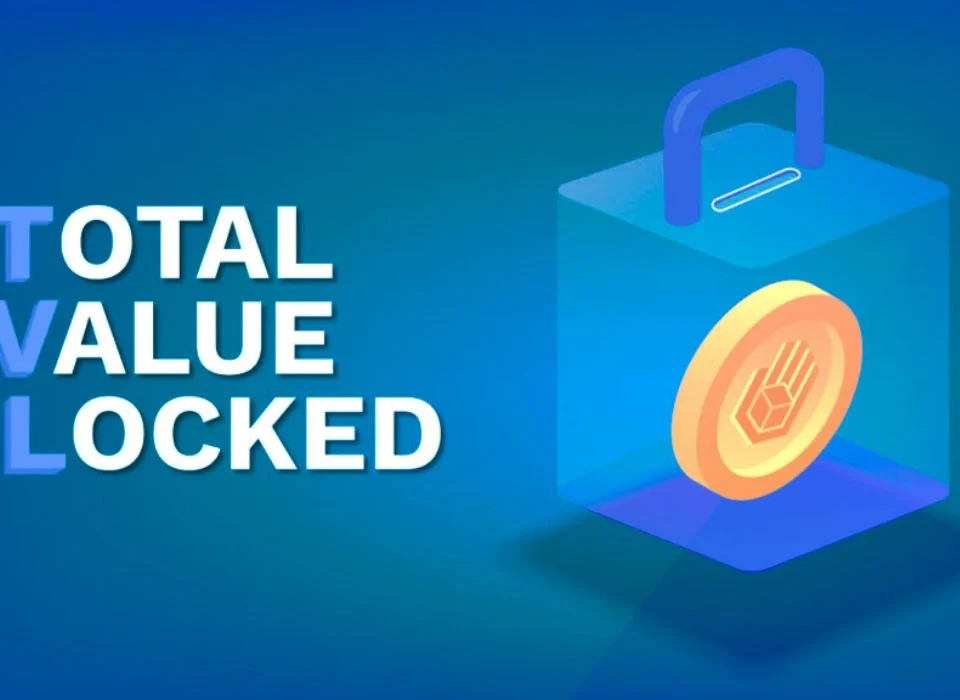
The Influence of Institutional Investors on the Crypto Market
15/07/2024
How to Conduct Technical Analysis for Cryptocurrencies
17/07/2024The Evolution of Cryptocurrency Regulations Worldwide
Cryptocurrencies have revolutionized the financial landscape, offering a decentralized, digital alternative to traditional currencies. As these digital assets have grown in popularity and market capitalization, governments and regulatory bodies worldwide have grappled with how to regulate them. This article delves into the evolution of cryptocurrency regulations globally, exploring the various approaches different countries have taken, the challenges faced, and the future outlook of these regulations.

Introduction to Cryptocurrency and Its Importance
Cryptocurrencies, with Bitcoin being the pioneer, have introduced a novel way of conducting transactions and storing value. Unlike traditional fiat currencies, cryptocurrencies operate on decentralized networks using blockchain technology, which ensures transparency, security, and immutability. The rise of cryptocurrencies has led to significant advancements in financial technology, providing benefits such as lower transaction fees, faster cross-border transfers, and financial inclusion for the unbanked.
However, the decentralized and pseudonymous nature of cryptocurrencies also presents challenges, including regulatory oversight, money laundering, terrorist financing, and consumer protection. These challenges have prompted governments and financial authorities to develop and implement regulatory frameworks to address the risks associated with cryptocurrencies while fostering innovation.
Early Days of Cryptocurrency Regulation
In the early years of Bitcoin (2009-2013), there was minimal regulatory focus on cryptocurrencies. Bitcoin was primarily used by tech enthusiasts and within niche online communities. However, as its use expanded and its value increased, it attracted the attention of regulators.
United States
The United States was among the first countries to address cryptocurrency regulation. In 2013, the Financial Crimes Enforcement Network (FinCEN) issued guidelines clarifying that exchanges and administrators of virtual currencies are considered money services businesses (MSBs) and must comply with the Bank Secrecy Act (BSA). This included registering with FinCEN, implementing anti-money laundering (AML) programs, and reporting suspicious activities.
European Union
In the European Union, early regulatory efforts were more fragmented. Some countries like Germany recognized Bitcoin as private money, while others like France took a more cautious approach. The European Central Bank (ECB) released a report in 2012 highlighting the potential risks of virtual currencies but did not propose specific regulations.
Asia
In Asia, Japan was a pioneer in recognizing and regulating cryptocurrencies. Following the Mt. Gox exchange hack in 2014, Japan introduced regulations requiring cryptocurrency exchanges to register with the Financial Services Agency (FSA) and comply with AML and Know Your Customer (KYC) requirements.
Mid-2010s: Increasing Regulatory Attention
As the cryptocurrency market matured and the initial coin offering (ICO) boom of 2017 attracted billions of dollars in investments, regulatory scrutiny intensified.
United States
In the United States, the Securities and Exchange Commission (SEC) began to focus on ICOs, determining that many of them qualified as securities and were subject to federal securities laws. The Commodity Futures Trading Commission (CFTC) also asserted its jurisdiction over Bitcoin and other cryptocurrencies as commodities.
European Union
The European Union adopted the Fifth Anti-Money Laundering Directive (5AMLD) in 2018, which extended AML requirements to cryptocurrency exchanges and wallet providers. This directive aimed to increase transparency and prevent the misuse of cryptocurrencies for illicit activities.
Asia
China took a hard stance against cryptocurrencies, banning ICOs and shutting down domestic exchanges in 2017. However, China also began exploring the potential of a central bank digital currency (CBDC), known as the Digital Currency Electronic Payment (DCEP), which aims to digitize the yuan.
Late 2010s to Early 2020s: Comprehensive Regulatory Frameworks
The period from the late 2010s to the early 2020s saw the development of more comprehensive regulatory frameworks as governments aimed to balance innovation with risk management.
United States
The United States continued to refine its regulatory approach. In 2020, the Office of the Comptroller of the Currency (OCC) allowed national banks to provide custody services for cryptocurrencies. Additionally, the SEC provided clearer guidelines on the classification of digital assets.
European Union
The European Union proposed the Markets in Crypto-Assets (MiCA) regulation in 2020, which aims to create a harmonized regulatory framework for cryptocurrencies across member states. MiCA addresses various aspects, including licensing requirements for crypto-asset service providers, consumer protection, and market integrity.
Asia
Japan continued to lead in cryptocurrency regulation, introducing additional requirements for exchanges, such as segregating customer funds and conducting regular audits. Singapore also emerged as a crypto-friendly jurisdiction with the introduction of the Payment Services Act (PSA) in 2020, which regulates cryptocurrency payments and trading services.
Challenges in Cryptocurrency Regulation
While significant progress has been made, regulating cryptocurrencies presents several challenges:
Jurisdictional Issues
Cryptocurrencies operate on a global scale, making it difficult for any single country to enforce regulations effectively. This has led to calls for international cooperation and standardized regulatory frameworks.
Technological Complexity
The rapid pace of technological innovation in the cryptocurrency space makes it challenging for regulators to keep up. New developments such as decentralized finance (DeFi) and non-fungible tokens (NFTs) present unique regulatory considerations.
Balancing Innovation and Risk
Regulators must strike a balance between fostering innovation and managing risks. Overly stringent regulations could stifle innovation and drive cryptocurrency activities underground, while too lenient regulations could expose consumers and the financial system to significant risks.
Consumer Protection
Ensuring consumer protection in the cryptocurrency market is crucial. This includes safeguarding against fraud, ensuring transparency in ICOs, and providing recourse mechanisms for disputes.
Future Outlook
The future of cryptocurrency regulation is likely to involve greater international collaboration and the development of more sophisticated regulatory frameworks. Key trends to watch include:
Central Bank Digital Currencies (CBDCs)
Several countries are exploring or piloting CBDCs, which could coexist with or even replace certain cryptocurrencies. CBDCs offer the benefits of digital currencies while allowing central banks to maintain control over monetary policy and financial stability.
Decentralized Finance (DeFi)
DeFi platforms, which offer financial services without intermediaries, pose unique regulatory challenges. Regulators will need to develop new approaches to oversee these decentralized systems effectively.
Environmental Concerns
The environmental impact of cryptocurrency mining, particularly Bitcoin, has garnered significant attention. Future regulations may address sustainability issues, encouraging the use of more energy-efficient consensus mechanisms.
Enhanced AML and KYC Requirements
Regulators will likely continue to strengthen AML and KYC requirements for cryptocurrency transactions to combat illicit activities. This could involve leveraging advanced technologies such as blockchain analytics and artificial intelligence.
Conclusion
The evolution of cryptocurrency regulations worldwide reflects the dynamic and rapidly changing nature of the cryptocurrency landscape. While significant progress has been made in developing regulatory frameworks, challenges remain. The future of cryptocurrency regulation will likely involve greater international cooperation, the development of more sophisticated regulatory approaches, and a focus on balancing innovation with risk management.
As cryptocurrencies continue to grow in importance and influence, the regulatory landscape will need to adapt to ensure that these digital assets can be integrated into the global financial system safely and securely.



